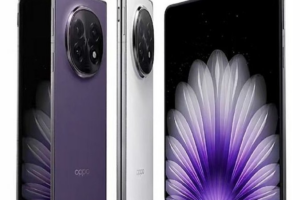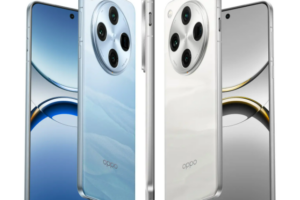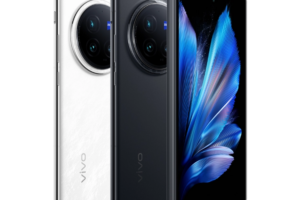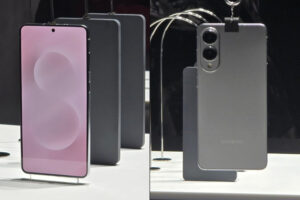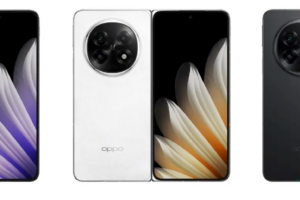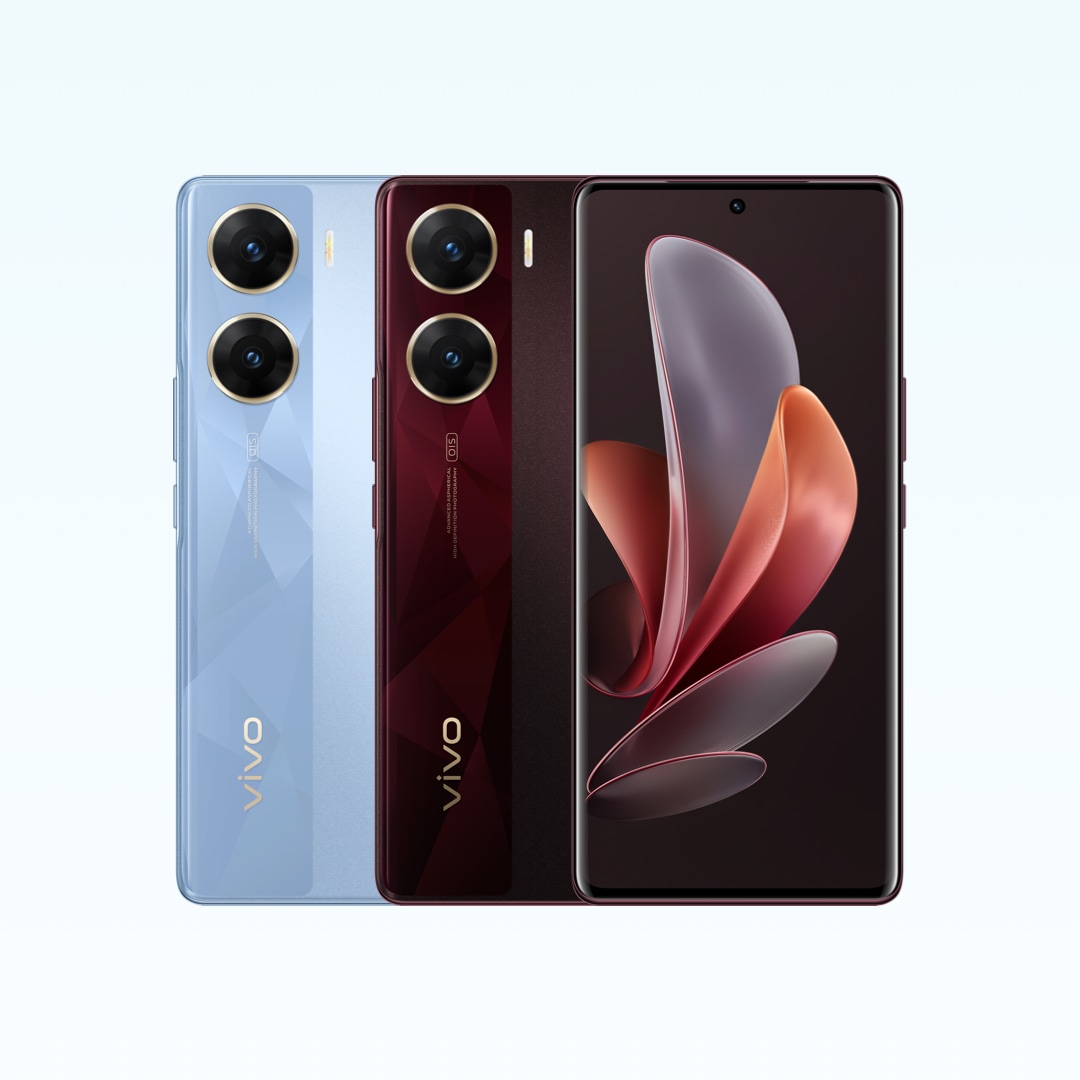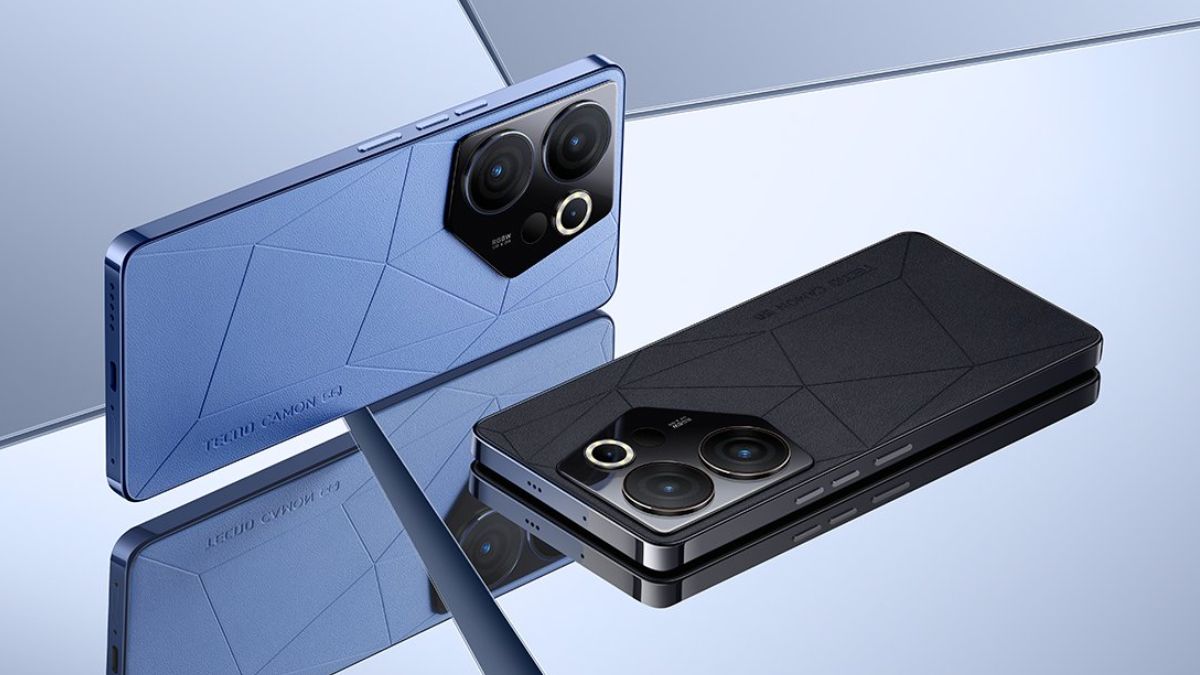The launch of the Samsung Galaxy S3 has brought about comparisons of the S3 with the Samsung Galaxy Note, due to the large size of the S3 screen. Presented below is a detailed comparison between the features of the S3 and the Note.

The Design
The design of the Samsung Galaxy S3 is more traditional and comfortable than the Note. Even though the screen is quite large, the design that comprises of a very thin bezel and a modest chin, makes the S3 a sight for sore eyes. The rounded edges of the S3 give it a curved oval feel and look, which makes for an easy grip within the hands. Also, it is thinner than the Note at 8.66 mm and lighter at just 133 g. Also, one can find three touch sensitive buttons at the bottom edge of the smartphone. The S3 comes in two colors, i.e. glossy white and deep blue with a metal finish. The S3 may come in newer colors in the near future.
The Samsung Galaxy Note on the other hand has a very minimalist design and is more rectangular in nature. The edges are straight and do not feature any major curves. There is a physical home button at the bottom-center and capacitive back and menu buttons on either side of the home button. Comparatively, it is heavier at 178 g and is 9.65 mm thick. The large size of the phone does not make it very bulky, and it can be pocketed with ease. The Note is available in three simple colors, i.e. black, white and pink.
The Screen
The Samsung Galaxy S3 comes with a 4.8 inch screen, which is quite large but dwarfs in front of the 5.3 inch screen of the Samsung Galaxy Note. The screen sports a Super AMOLED HD display that comes with a resolution of 1280 x 720 pixels. The Note comes with a Super AMOLED capacitive display that supports a full screen resolution of 1280 x 800 pixels. The major difference between the screen qualities of the S3 and the Note is the pixel density. The S3 has a pixel density of 306 ppi, while the Note supports only 285 ppi pixel density. This makes for better viewing of high definition videos on the S3 as compared to the Note.
Both the smartphones are protected from unwanted scratches and scrapes by Corning Gorilla Glass. The S3 sports a newer version of the glass, which further decreases the risk from mild physical damage.
The Software and Apps
The Samsung Galaxy S3 comes with the exciting Android 4.0 Ice Cream Sandwich operating system. The OS is customized with the newer version of Samsung’s User Interface, known as TouchWiz UX. This new user interface displays the icons in a different form, which can be undesirable for some users who are user to the older TouchWiz interface. But this is compensated by the fact that the S3 comes with a host of new features such as S Beam, S Voice, Pop up Play, etc. The S Beam feature allows users to transfer large amounts of content and files via Wi-Fi. S Voice is a Siri-like feature which allows users to use voice controls and access options like music, movies and to make calls, etc. The voice control feature can also be used along with facial recognition to unlock your S3. Pop up Play feature allows users to access videos even when are doing boring tasks such as texting or writing a letter.
The Note comes with the Android 2.3.5 Gingerbread operating system, which is modified by the TouchWiz v4.0 User Interface. The operating system can be upgraded to ICS with an update,, which may be available in the near future. As far as software is concerned the Note takes a beating at the hands of the S3.
The Processor
The Samsung Galaxy S3 comes with what is considered as the fastest processor in a smartphone. The S3 is equipped with a Quad Core Exynos processor that clocks speeds of 1.4 GHz per core, and supported by 1 GB of RAM and the Mali 400MP GPU.
On the other hand, the Samsung Galaxy Note falls short with a 1.4 GHz Dual Core Exynos Processor with Mali 400MP GPU. It also has 1 GB of RAM.
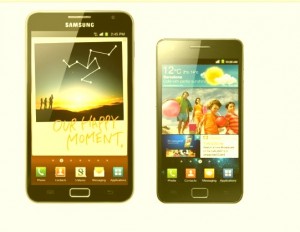
The Camera
The Samsung Galaxy S3 comes with an 8 megapixel camera at the back. It has a number of novel features that are not available with the camera on the Note. Some of the new features include Burst Photography, which allows a user to take several snaps at one instant; an option wherein the camera automatically selects the best photo from an array of photos, with the help of factors such as facial recognition, smile detection, etc. and zero shutter lag. The 2 megapixel front facing camera can be used for video calling as well as for recording HD videos. A unique feature of the front camera is that it prevents the screen from dimming as long as it can detect the face.
The 8 megapixel rear camera on the Note comes with the usual features such as geo-tagging, auto focus and LED flash, but none of the S3 camera’s features. Also, the 2 megapixel front camera cannot record HD videos.
The Storage
The Samsung Galaxy S3 comes in three variants, i.e. 16, 32 and 64 GB. It also supports a microSD card of up to 64 GB. Additionally, all S3 smartphones come with a 50 GB DropBox storage facility for two years. Thus, the S3 is a beast of a handset as far as storage capability is concerned.
The Note comes only in 16 GB and 32 GB internal storage variants and supports only up to 32 GB via a microSD card.
The Battery
The Samsung Galaxy S3 comes with a 2100 mAh battery which will be very helpful when the smartphone is used for long hours. However, tests need to be conducted to verify the capability of the battery on the S3.
The Note comes with a 2500 mAh battery and is known to last for up to twelve hours under normal smartphone usage.
The Connectivity
Both the S3 and Note can connect through LTE. However, the NFC support on the S3 is better. Wi-Fi and 3G support is present in both the smartphones. The S3 comes with Bluetooth 4.0 while the Note has Bluetooth 3.0
The Price
The Samsung Galaxy S3 will be available with all the major carriers within the US. It may be available for $199-$299 with a two year contract and an unlocked S3 may be available for $700-$800. The Note is far cheaper than the S3.
